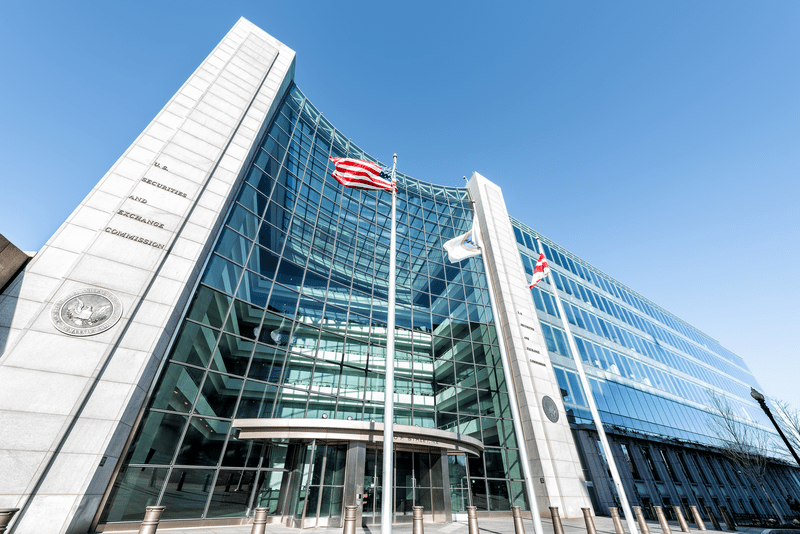The UK’s Financial Conduct Authority (FCA) releases a regular newsletter on market conduct and trade reporting based on its observations on practice during its supervisory visits and regular interaction with firms. Issue 68 focuses on gaps in surveillance of web-based trading platforms, which are widely used for Rates and Fixed Income products.
Some consistent themes have emerged in previous issues (48, 50, and 56) derived from the FCA’s suspicious transaction and order reporting (STR/STOR) supervisory visits. These have included record keeping, market abuse surveillance, and the use of market abuse risk assessments.
The FCA says that surveillance has appeared less developed for some asset classes, making it possible that firms are not identifying instances of potential market abuse (layering, spoofing, cross venue, and product manipulation). It now deems this as a growing area of risk. It is concerned that requirements for market abuse surveillance are still not being fully met, six years since the introduction of the Market Abuse Regulation (MAR).
Wholesale brokers are introducing different electronic trading platforms to increase access to liquidity and efficacy in trade execution. They are increasingly using periodic, continuous, and dark liquidity, via web-based user interface (UI) portals, matching sessions, and ‘pop-ups.’ For some Rates and Fixed Income products, these platforms now supplement traditional services in a hybrid broking model.
Many electronic execution platforms require formal connection to and interface with a user’s trading systems so that order and trade messages are systematically recorded. Some platforms’ connectivity is via web-based UIs that don’t require a direct connection to users’ trading systems and users are unable to establish one.
Monitoring orders to pinpoint market abuse
Users generally record the details of trades executed on web-based platforms in their trade booking systems. But they do not always systematically record the related order messages that precede execution, or those orders that do not result in a trade (including cancellations and amendments). Capturing and monitoring orders, as well as trades, is necessary to effectively and consistently identify potential market abuse.
The regulatory requirement for market abuse surveillance: Article 16(2) of UK MAR requires those arranging or executing transactions to establish and maintain effective arrangements, systems, and procedures for detecting and reporting potential market abuse.
Data challenges: Most users of these platforms find it hard to get useable data in a format suitable for surveillance. The FCA notes that a small number employ tactical solutions, but for many this is a significant gap in market abuse surveillance.
Compliance awareness: The FCA found that some compliance/surveillance teams have imperfect knowledge of their firm’s use of web-based platforms and associated surveillance gaps. Some are unaware of the platforms that their front office staff use or lack knowledge of the quantity of business done on them, let alone any associated market abuse risk. Data capture gaps are either eradicated or ignored.
Market abuse risk assessments: Many conduct assessments to evaluate and manage all market abuse risks facing the business. But the FCA states that these assessments often do not include business on web-based platforms, particularly orders that do not result in a trade.
Recordkeeping: Investment firms that do not capture all trade and order data are unlikely to be meeting Article 25(1) of UK MiFIIR order-handling and record-keeping requirements to keep data relating to all orders and transactions for five years.
Justifying MAR failings – a herd mentality: Some firms think that their failings can be excused by those of their peers. The FCA reiterates, however, that the industry in general facing specific challenges does not mean that it will accept failure to comply with UK MAR. It does not mean enforcement will not result.
How to counteract and closing the gaps
The key questions that compliance/surveillance teams need to ask are:
- how serious is this and how likely is the FCA to enforce?
- how thoroughly have they assessed their market abuse risk?
- what solutions are there to remedy gaps and unaddressed risk?
Market Watch newsletters are an excellent indicator of the FCA’s intentions and where it believes market practice needs improvement. This notice references how long MAR has been effective and suggests its tolerance for foot-dragging and an incomplete approach to data capture and surveillance is wearing thin. Enforcement to drive the message home and create a compliance benchmark might not be far away.
This particular concern has been evident for some time among practitioners who have had Suspicious Transaction and Order Report (STOR) visits from the FCA. Firms who have had tricky STOR visits should review what happened and ensure they have closed the gaps, and alert senior managers to this fresh insight that the FCA has released.
Those that have not had a STOR visit and are active in the Rates and Fixed Income markets, especially where this includes web-based platforms and hybrid models, should conduct a thorough and immediate review of their systems, focusing on complete recordkeeping, data gaps, and the extent to which this is included in their market abuse risk assessment. They should implement a plan based on this review after escalation to senior management.













